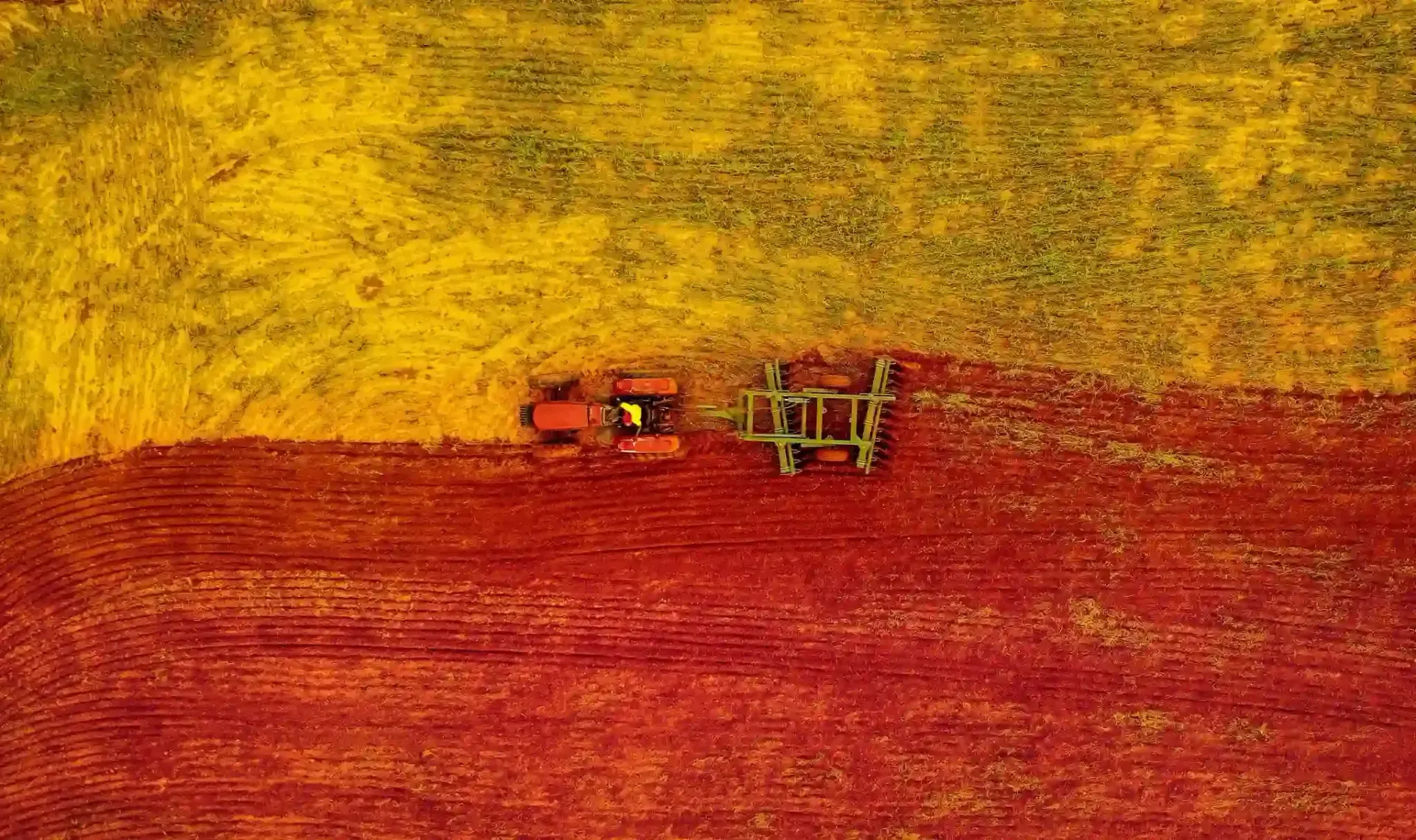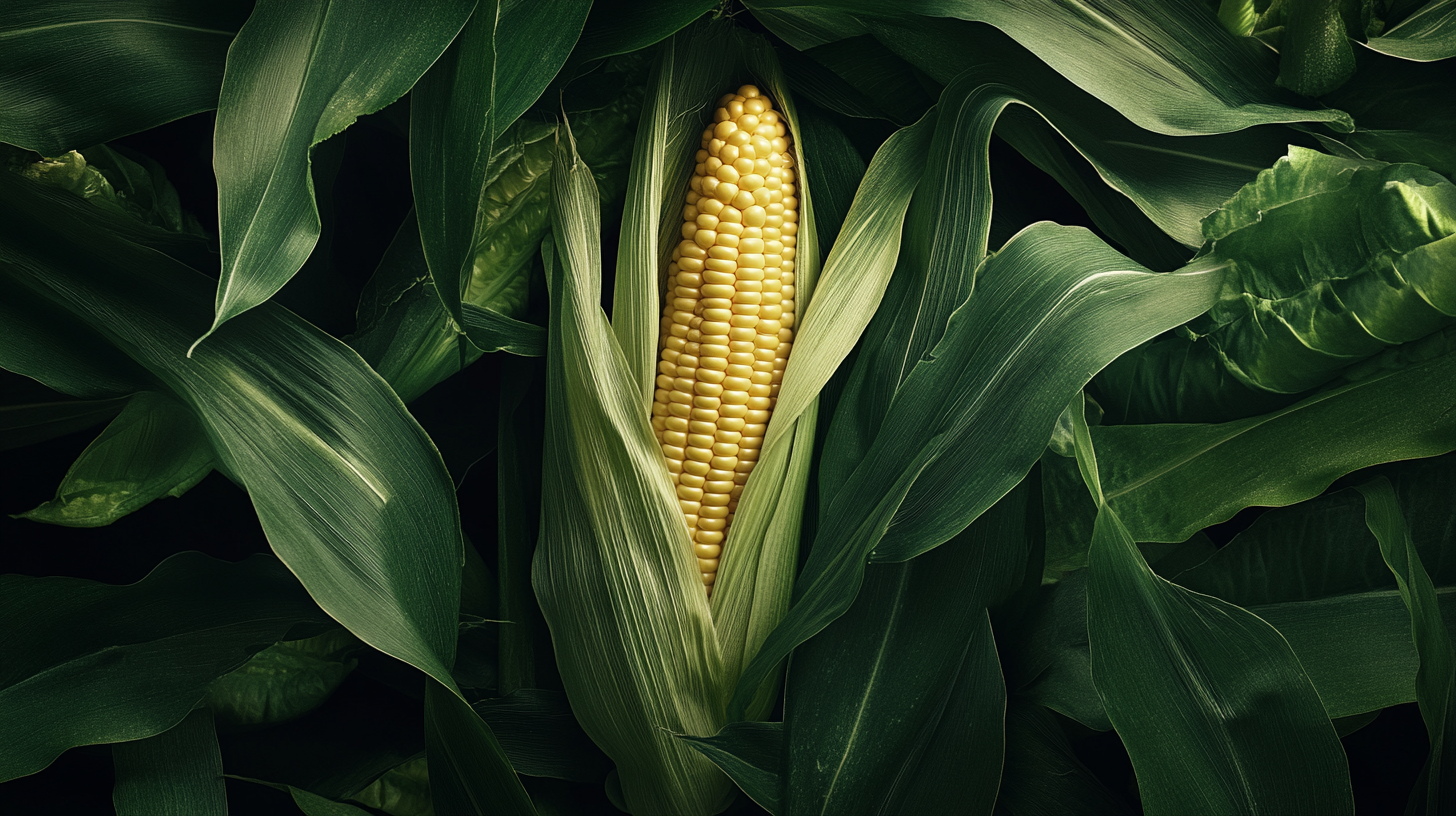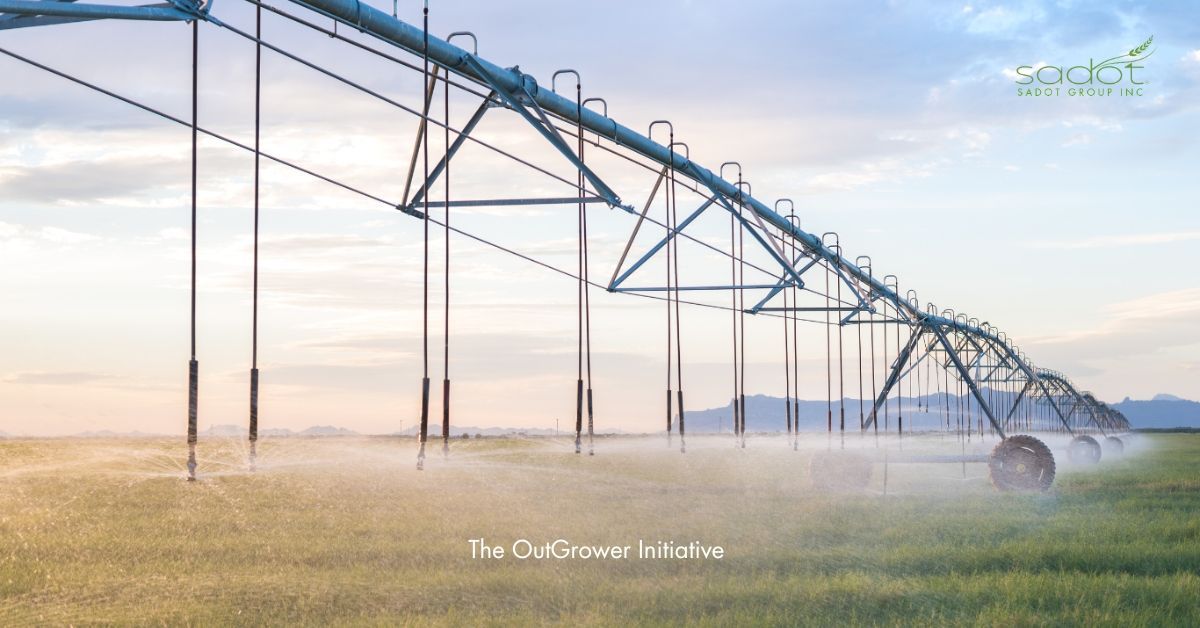Planting for the Planet: How Climate-Smart Farming Can Save Our Harvest
With the projected need to feed 9 billion people by 2050 amidst escalating Conflicts and increasing climate change disruptions , the agriculture sector faces a dual predicament: how to increase production sustainably while adapting to the adverse impacts of a new and volatile world?
Weathering the Storm: Adapting Agriculture to a Changing Climate
Over the past decade, the effects of extreme climate are becoming evident worldwide: increased temperatures, erratic rainfall patterns, and extreme weather events like droughts and floods have become a constant reality. These changes have a direct impact on the world’s agricultural production - affecting crop yields, reducing arable land, and disrupting global trading routes. The ripple effect of these changes are felt across the global food supply chain, from farmers struggling with unpredictable weather to consumers facing food shortages and increased prices. The task of feeding a growing global population becomes even more daunting in the face of these climate-induced challenges.
In response to this challenge, Climate-Smart Agriculture (CSA) may emerge as a promising and viable solution. It is an approach that seeks to transform and reorient agricultural systems to support food security under the new realities of climate change. It involves adopting practices and technologies that sustainably increase agricultural productivity, strengthen farmers' resilience to climate impacts, and reduce greenhouse gas emissions where possible.
Soil, Science, and Savvy: The Pillars of Climate-Smart Farming

One of Climate farming's core values is its adaptability: Case studies from around the world, as documented by the Food and Agriculture Organization of the United Nations (FAO), demonstrate how climate-smart agriculture is being implemented to address the challenges of climate change and agriculture.
A simple example of this CSA approach is crop diversification. Diversifying crops can make farming systems more resilient to climate change. Numerous studys done by researchers have found that diversified farms are more adaptable to climate extremes, offering more stable habitats for wildlife and more resilient ecosystems. This approach not only safeguards against the failure of a single crop due to climatic changes but also ensures a steady supply of diverse food products.
Technology to the Rescue: Precision Tools for a Sustainable Harvest

In addition, advancements in precision agriculture - such as satellite imagery, IoT devices, and AI algorithms enhance efficiency in resource use and enable farmers to make informed decisions, optimizing water usage, and managing soil health more effectively. Practices like crop rotation, cover cropping, and reduced tillage can also improve soil fertility and water retention, enhancing the resilience of crops to climatic stresses while also contribute to carbon sequestration, mitigating the impact of agriculture on climate change.
Building Resilience: From Farm to Food System, Climate-Proofing the Chain

Climate-smart farming is therefore not just an agricultural strategy; it's a necessity for future food security in a changing climate. It requires collaborative efforts across sectors, involving stakeholders from grassroots farmers to global policymakers but by adopting climate-smart practices, agriculture can evolve into a more productive, resilient, and sustainable sector, capable of meeting the global food demand in the face of climate change challenges.
Join Our Newsletter
And be advised when new content is coming up
News Letter











